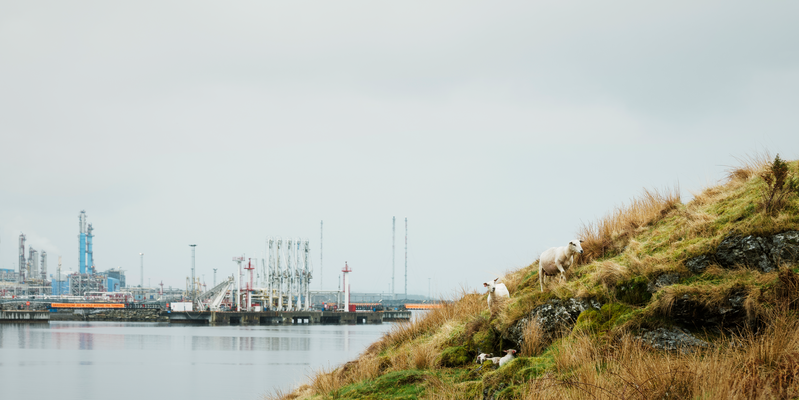Equinor’s gas operations
Equinor is the largest gas producer on the Norwegian continental shelf, and a major supplier of energy to Europe. The combined gas volumes from Equinor and SDFI (the Norwegian state’s gas volumes) constitute nearly 30 per cent of the gas market in Europe.
In Europe, our most important markets for gas are Germany, the UK and France. Equinor also sells liquid natural gas (LNG) from the Snøhvit field in the Barents Sea, transported by specialised ships to customers worldwide. The global LNG market is growing, and we are now supplying LNG cargoes to more than 20 countries.
In the USA, Equinor has shares and production in the Marcellus and Utica shale plays in the Appalachian Basin. Gas is used for energy production, heating and industrial purposes. Through transport agreements to New York City and Toronto, residents can keep winter temperatures at bay with shale gas from the Marcellus field.
In Algeria, Equinor operates the In Salah gas field and the gas and condensate field In Amenas together with BP and Algeria's state-owned oil and gas company, Sonatrach. We are also the operator for the Hassi Mouina exploration licence, with Sonatrach as our partner.
Equinor has sales offices for gas in Stavanger, Brussels (Belgium), London (UK) and Stamford (USA). In addition to selling our own gas, we also sell the Norwegian government's gas volumes. With the government’s gas from State's Direct Financial Interest on the Norwegian continental shelf (SDFI) and our own gas combined, we market and sell about 70 per cent of the gas from the Norwegian continental shelf.
Previously, most of Equinor’s gas has been sold through long-term contracts to large European gas companies and suppliers. In the absence of a separate market price for gas, the sale price has often been indexed to the price of oil.
After the European transport network was opened for use on equal terms for everyone, we sell an increasing share of the gas through established markets for gas trading—so-called hubs—as well as directly to end-users.



